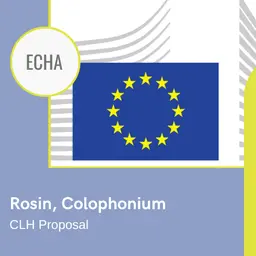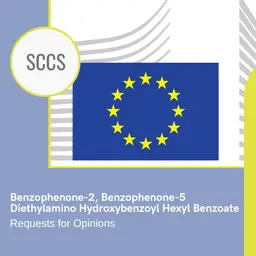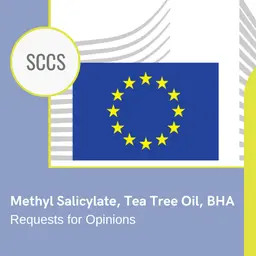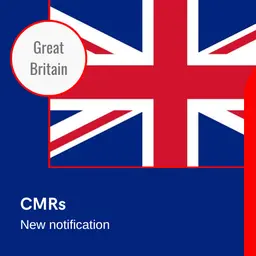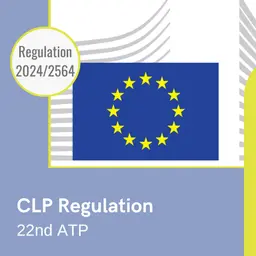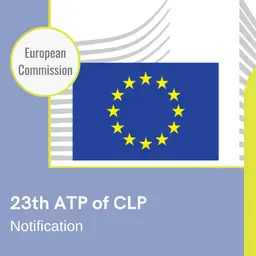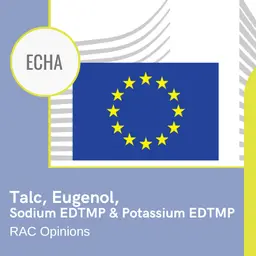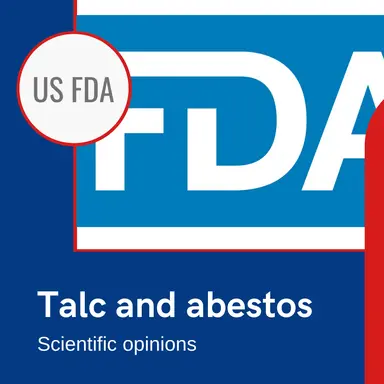
On January 13th, 2022, the U.S. Food and Drug Administration released a white paper developed by the Interagency Working Group on Asbestos in Consumer Products (IWGACP) that contains scientific opinions for the testing of talc-containing cosmetics and talc intended for use in cosmetics for the possible presence of asbestos, a known human carcinogen with well-documented health risks. These opinions of scientific experts are intended to inform the FDA’s consideration of testing methods for talc and talc-containing cosmetics.
“The FDA has been sampling and testing talc-containing cosmetics for asbestos as part of our overall efforts to help ensure the safety of cosmetics in the U.S. marketplace. We have become aware that methods employed by some industry members to test for asbestos in talc-containing cosmetic products may not always detect the presence of asbestos,” said Susan Mayne, Ph.D., director of the FDA’s Center for Food Safety and Applied Nutrition. “That’s why an interagency working group sought to take a state-of-the-science look at available methods.”
The white paper, “IWGACP Scientific Opinions on Testing Methods for Asbestos in Cosmetic Products Containing Talc (including Talc Intended for Use in Cosmetics),” outlines the scientific opinions of the IWGACP related to the detection and identification of asbestos fibers in talc-containing cosmetic products. These opinions are important given the long-recognized shortcomings of other methods in use in their ability to detect asbestos. For example, the method voluntarily adopted by the cosmetics industry in 1976, Cosmetic, Toiletry, and Fragrance Association (CTFA) J4–1, relies on Polarized Light Microscopy (PLM) if amphibole minerals are first detected by X-ray diffraction. However, recent testing of cosmetics using Transmission Electron Microscopy (TEM) has revealed the presence of asbestos fibers …





